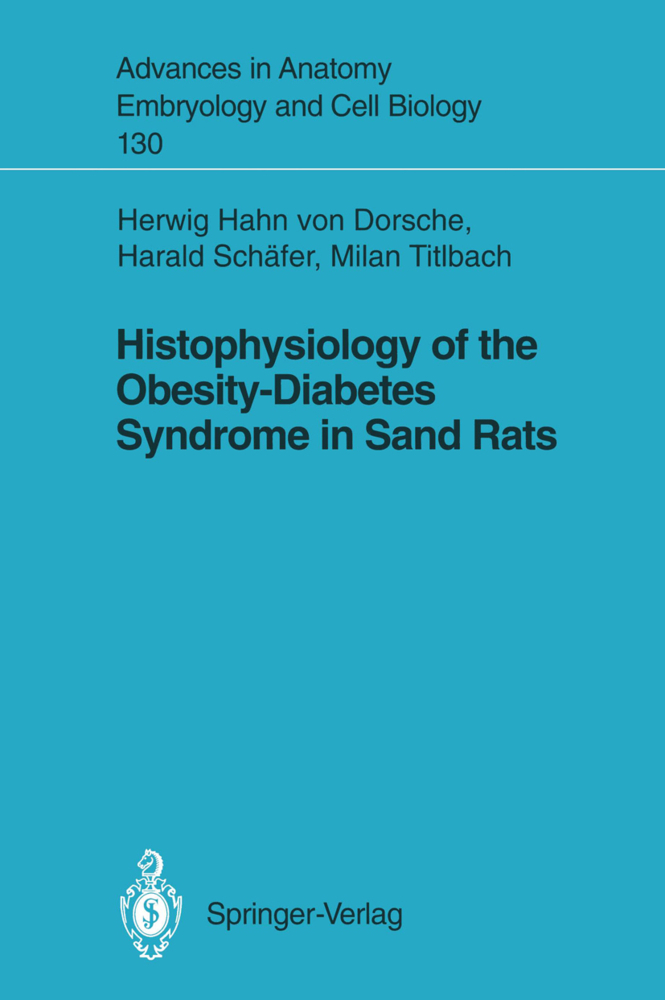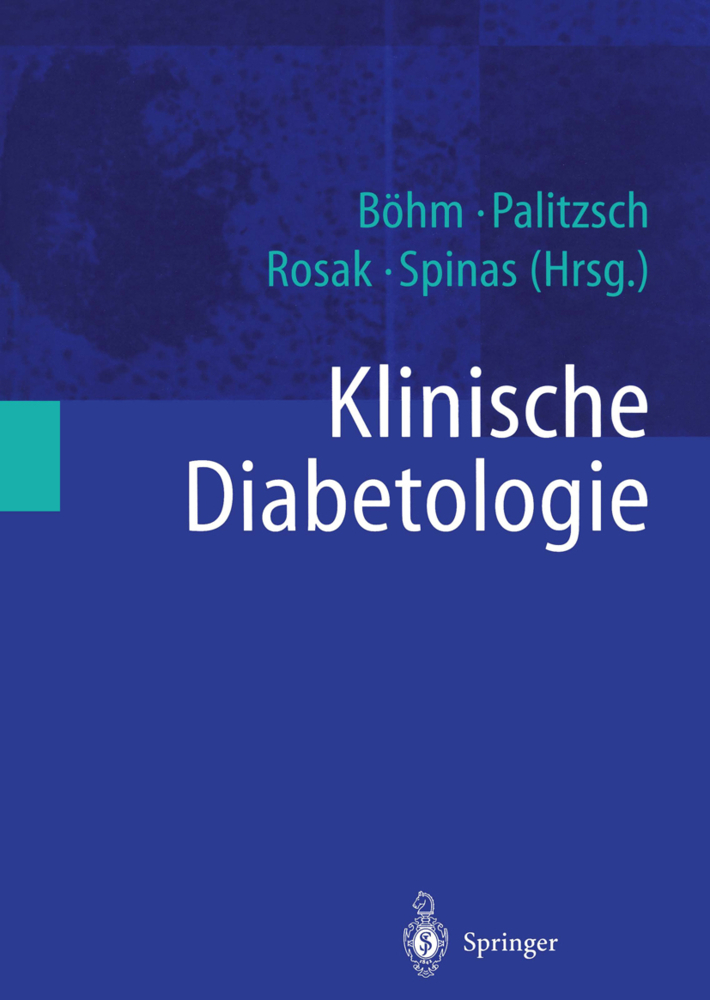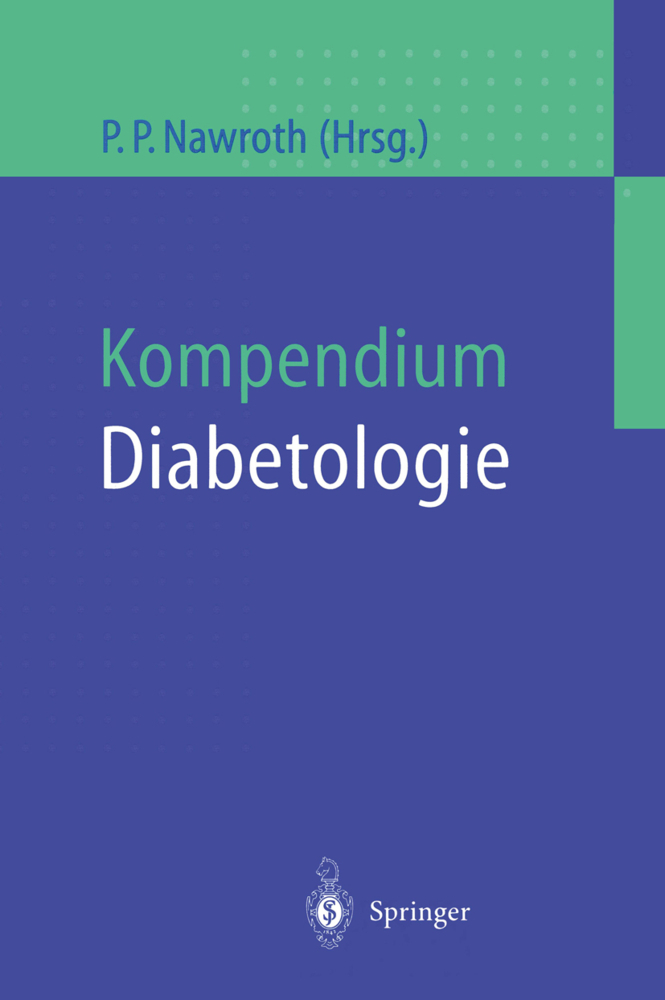Histophysiology of the Obesity-Diabetes Syndrome in Sand Rats
Histophysiology of the Obesity-Diabetes Syndrome in Sand Rats
1. 1 Experimental Diabetes in the Sand Rat 1. 1. 1 Zoology Experimental diabetes has been used in numerous animals, of which rodents have been predominant because of their ease of maintenance and handling (Herberg 1979), but some species of ape and monkey have also occasionally been used (Brunk 1971; Malaisse and Malaisse-Lagae 1970). Herberg et al. (1976) divided rodent species into two groups based on the similarity of their metabolic response to the induction of diabetes to the onset of diabetes mellitus in man. In one of these groups (mouse, Mongolian gerbil, Tuco tuca) , the response of the metabolism to the induction of diabetes was similar to the changes seen in the onset of adult-type diabetes mellitus in man; while the other group, which included the sand rat, spiny mouse, Chinese hamster, and Djungarian hamster, responded to diabetes induction in a way suggestive of juvenile insulin-dependent diabetes. Such a subdivision is not without prob lems, however, particularly since difference occur not only between the various species of a group (Herberg et al. 1976), but, in our experience, also between animals of the same species (for instance the sand rat). Hence, the zoology of animals used for experimental purposes must also be taken into account. 1 The sand rat is classified as follows : Species: obesus Genus: Psammomys Subfamily: Gerbillinae Family: Cricetidae Suborder: Myomorpha Order: Rodentia Subclass: Placentalia Class: Mammalia Subphylum: Vertebrata Phylum: Chordata Psammomys obesus was first described by the zoologist P. J.
2 Aims of the Study
2.1 Islet Cytology
2.2 Islets of Langerhans and Other Endocrine Organs in Diabetes Mellitus
3 Materials and Methods
3.1 Animal Housing
3.2 Animal Preparation and Investigation
3.3 Histological Methods
3.4 Cytochemical Methods
3.5 Electron Microscopy
3.6 Morphometry
4 Islets
4.1 Islet Cytology
4.2 Innervation of the Pancreas and Islets of Langerhans
4.3 Islets of Langerhans in Diabetes Mellitus
4.4 Insulin Secretion of Islets of Langerhans
4.5 Insulin Resistance of Insulin-Sensitive Tissues
4.6 Influence of Stress on Insulin Resistance of Glucose Utilization and Hyperinsulinemia
5 Role of Other Endocrine Organs in Diabetes Mellitus
5.1 Adenohypophysis
5.2 Adrenal Cortex
5.3 Thyroid
5.4 Testicles
5.5 Ovaries
6 Conclusions
7 Summary
References.
1 Introduction
1.1 Experimental Diabetes in the Sand Rat2 Aims of the Study
2.1 Islet Cytology
2.2 Islets of Langerhans and Other Endocrine Organs in Diabetes Mellitus
3 Materials and Methods
3.1 Animal Housing
3.2 Animal Preparation and Investigation
3.3 Histological Methods
3.4 Cytochemical Methods
3.5 Electron Microscopy
3.6 Morphometry
4 Islets
4.1 Islet Cytology
4.2 Innervation of the Pancreas and Islets of Langerhans
4.3 Islets of Langerhans in Diabetes Mellitus
4.4 Insulin Secretion of Islets of Langerhans
4.5 Insulin Resistance of Insulin-Sensitive Tissues
4.6 Influence of Stress on Insulin Resistance of Glucose Utilization and Hyperinsulinemia
5 Role of Other Endocrine Organs in Diabetes Mellitus
5.1 Adenohypophysis
5.2 Adrenal Cortex
5.3 Thyroid
5.4 Testicles
5.5 Ovaries
6 Conclusions
7 Summary
References.
Hahn von Dorsche, Herwig
Schäfer, Harald
Titlbach, Milan
| ISBN | 978-3-540-57913-7 |
|---|---|
| Artikelnummer | 9783540579137 |
| Medientyp | Buch |
| Copyrightjahr | 1994 |
| Verlag | Springer, Berlin |
| Umfang | VIII, 95 Seiten |
| Abbildungen | VIII, 95 p. 24 illus. |
| Sprache | Englisch |











